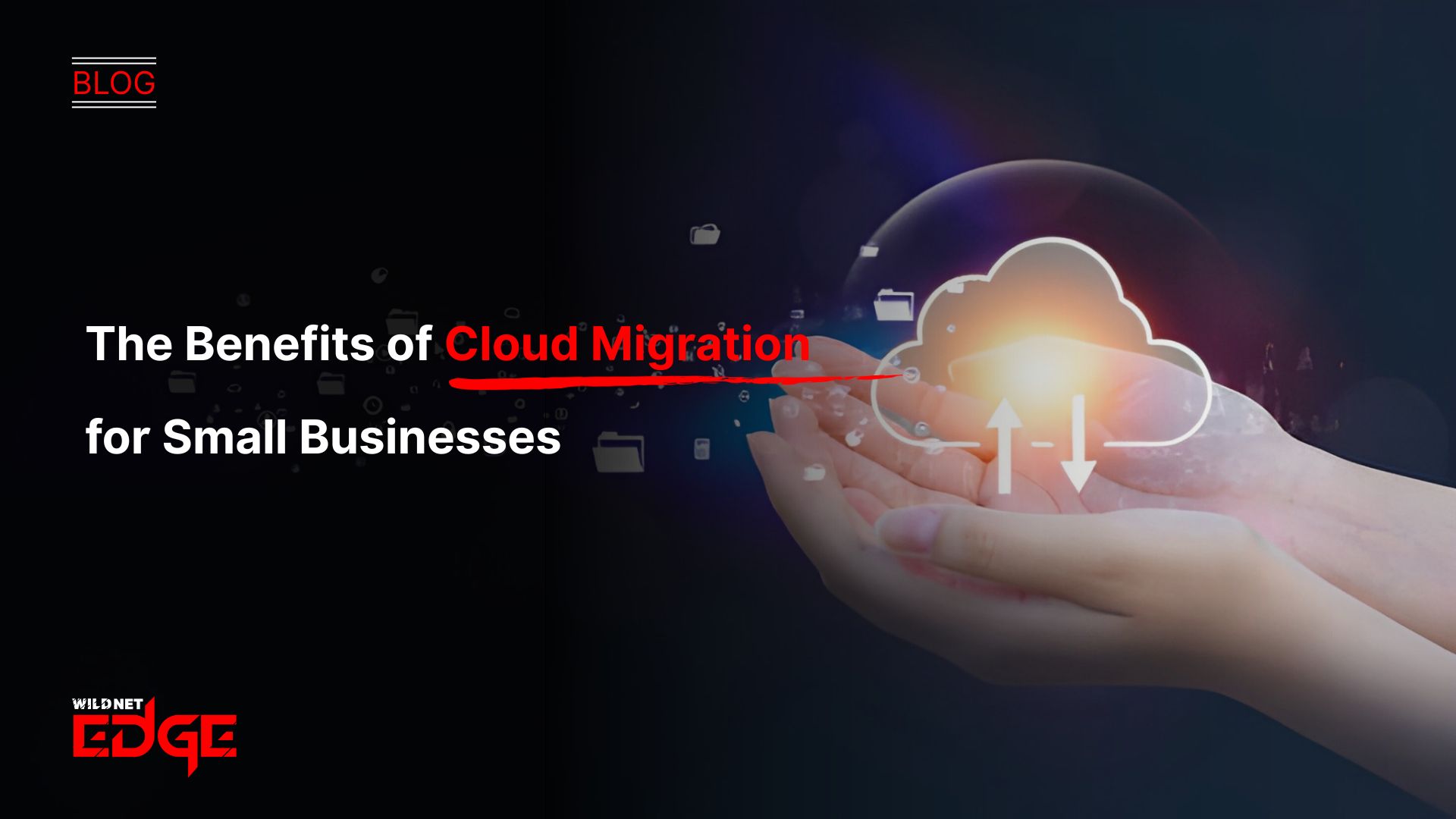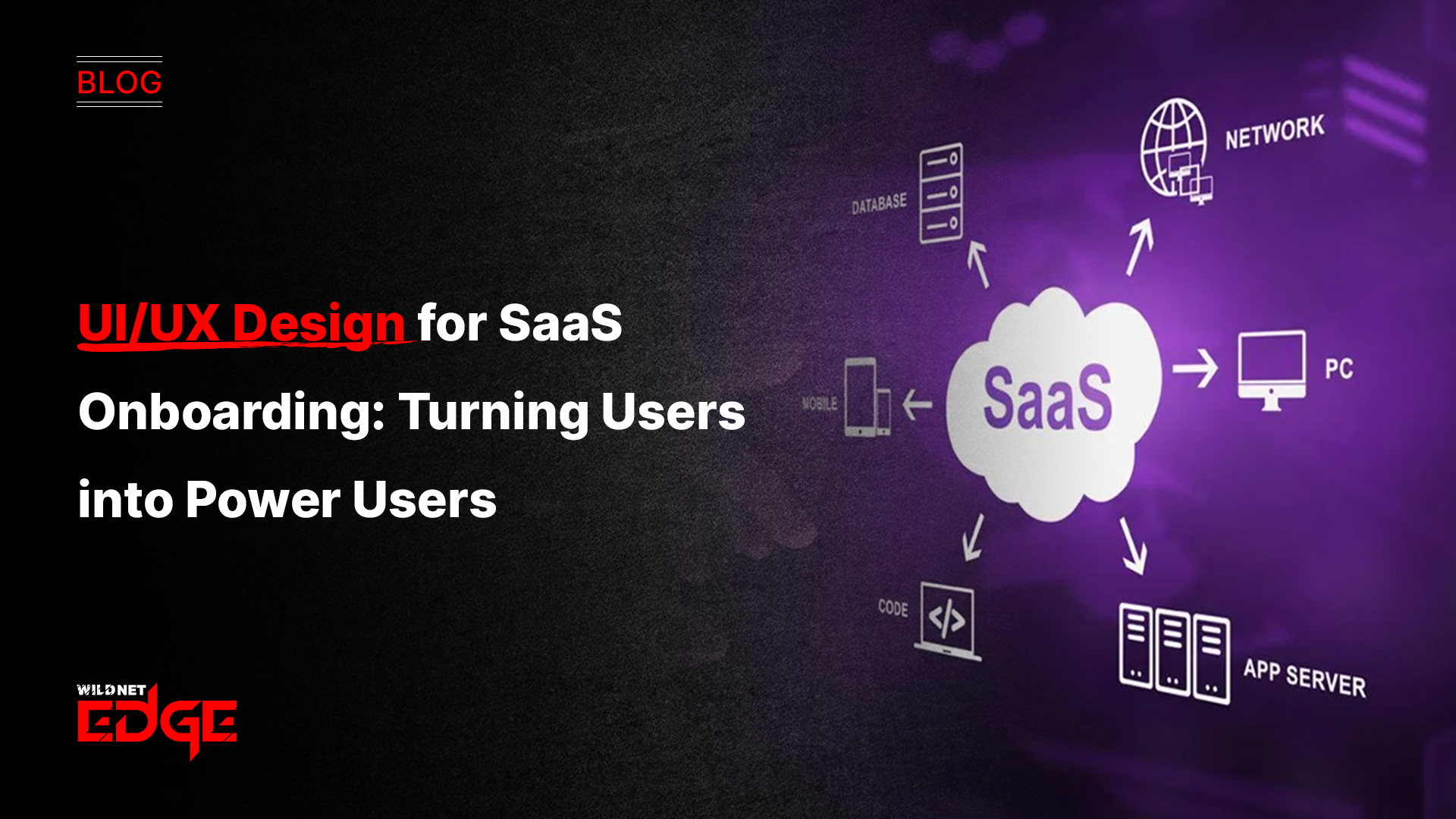TL;DR
This article highlights how cloud migration for small businesses transforms IT from costly infrastructure to flexible, affordable operations. It emphasizes benefits like scalability, enhanced security, and remote access, enabling SMBs to use enterprise-grade technology without heavy upfront costs. By adopting cloud solutions, small businesses improve efficiency, ensure data protection, and focus more on growth than managing hardware gaining a clear competitive edge.
For small and medium-sized businesses, managing IT infrastructure can be a significant burden. Maintaining on-premise servers is expensive, requires specialized expertise, and often hinders the agility needed to compete effectively. In 2025, the cloud is no longer just an option for large enterprises; it’s a powerful and accessible strategic advantage for businesses of all sizes. Undertaking cloud migration for small businesses is often the single most impactful step an SMB can take towards modernization, efficiency, and sustainable growth.
What is Cloud Migration for Small Businesses?
Small Business Cloud Migration is the transferring or shifting of a company’s digital assets from physical servers in their office or a local data center to the infrastructure of a major cloud service provider like AWS, Azure, or GCP.
In this way, you are able to purchase IT resources through the internet on a pay-as-you-go basis and not have to worry about owning and managing physical hardware. Moreover, this move brings about the opening up of a whole new range of cloud solutions and capabilities which are not just limited to the large corporations but are also now available to the smaller ones at a lower cost.
Why Move to the Cloud?
Sticking with traditional on-premise infrastructure puts SMBs at a significant disadvantage. The cloud offers tangible benefits that directly address the challenges faced by smaller organizations.
Significant Cost Reduction
This is often the most compelling driver. Maintaining on-premise servers involves large upfront capital expenditures (CapEx) for hardware, plus ongoing costs for power, cooling, maintenance, and IT staff. The cloud shifts this to an operational expenditure (OpEx) model. You pay a predictable monthly fee based only on the resources you consume. This eliminates large capital outlays, improves cash flow, and often leads to significant overall cost savings. These are fundamental aspects of cost-effective cloud solutions.
Unmatched Cloud Scalability and Flexibility
Small businesses often experience fluctuating demands. You might need more computing power during a busy season or less during slower periods. With on-premise servers, scaling up is slow and expensive, and scaling down means paying for idle hardware. Cloud scalability is elastic. You can instantly increase or decrease your resources (CPU, RAM, storage) as needed, ensuring you always have the right capacity without overpaying. This agility is crucial for growth. Utilizing expert Cloud Infrastructure Services ensures this is managed efficiently.
Enhanced Security and Reliability
Major cloud providers invest billions in state-of-the-art security measures and infrastructure redundancy that most SMBs could never afford on their own. By migrating to the cloud, you inherit enterprise-grade security features, automated backups, and disaster recovery capabilities. While you still have responsibilities (like managing user access), the underlying infrastructure is far more secure and reliable than a typical small business server closet.
Improved Accessibility and Collaboration
Cloud-based applications and data can be accessed securely from anywhere with an internet connection. This empowers remote workforces, improves collaboration between team members, and provides greater flexibility for business owners and employees. This accessibility is a key enabler for modern, agile businesses, often powering solutions offered by a SaaS Development Company.
Access to Advanced Technologies
Cloud platforms offer easy access to powerful tools like advanced analytics, artificial intelligence (AI), machine learning (ML), and sophisticated databases as managed services. This allows SMBs to leverage cutting-edge technology without needing specialized in-house expertise, leveling the playing field with larger competitors.
Planning Your Cloud Migration: Key Steps for SMBs
A successful migration requires careful planning.
- Assess Your Current Infrastructure: Take stock of your current servers, applications, and data. Get a grip on the interdependencies as well as the performance requirements.
- Define Clear Goals: Which goals have been set? For instance, reduce IT costs by 20%, improve application uptime, and enable remote work are some of the possible examples.
- Choose the Right Cloud Provider & Services: The three major cloud services provided are AWS, Azure, and GCP; choose one that best suits your requirements, technology stack (if you are a Microsoft shop, you may be inclined towards Azure), and budget.
- Select a Migration Strategy: Plan on how to transfer each app, for example, Rehost/”Lift and Shift,” Replatform, Refactor. If possible, start with the workloads that are less critical.
- Develop a Security Plan: Indicate methods for controlling access, setting firewalls, and cloud data protection.
- Plan for Data Migration: Find out the way that will be the most secure and the least disruptive for moving your current data.
- Consider Partnering: The process of moving to the cloud is often risky and therefore overstressing for many small to medium-sized businesses (SMBs), and having an experienced cloud migration partner can this risk significantly and speed up the process. If you are in an early stage, look for partners with experience in Software Development for Startups.
Cloud Migration for SMBs in Action: Case Studies
Case Study 1: A Retail Business Moving Off Aging Servers
- The Challenge: A local retail chain with several stores was running its point-of-sale (POS) and inventory management system on aging servers in their back office. Maintenance was costly, and system failures were becoming frequent.
- Our Solution: We migrated their entire POS and inventory system to a private cloud environment hosted on AWS. This involved rehosting their existing applications onto scalable virtual servers and setting up secure VPN connections from each store.
- The Result: The retailer eliminated the cost and headache of managing physical servers. System uptime improved dramatically, and they gained the ability to easily access sales and inventory data remotely, enabling better decision-making.
Case Study 2: A Service Company Enabling Remote Work
- The Challenge: A professional services firm needed to enable its consultants to work effectively from anywhere, but their critical project files and internal applications were only accessible via the office network.
- Our Solution: We helped them migrate their file storage to Microsoft 365 (SharePoint/OneDrive) and their core line-of-business application to Azure. We implemented robust security measures, including MFA and conditional access policies. This involved leveraging DevOps Services principles for deployment.
- The Result: The firm’s employees gained secure, seamless access to all necessary resources from any location. This significantly improved productivity and employee satisfaction, supporting the company’s transition to a flexible work model.
Our Technology Stack for Cloud Solutions
We leverage leading cloud platforms and tools.
- Cloud Providers: Amazon Web Services (AWS), Microsoft Azure, Google Cloud Platform (GCP)
- Migration Tools: AWS Migration Hub, Azure Migrate, Google Migrate
- Infrastructure as Code (IaC): Terraform, CloudFormation, ARM Templates
- Containerization: Docker, Kubernetes
- Security: Cloud-native firewalls, IAM, Security Centers
Conclusion
Moving to the cloud is a viable strategic option for small business that want to grow, be more efficient, and even be more resilient. With the shift to the cloud, small and medium businesses would not only get rid of the cost of managing the physical infrastructure but also be able to scale up and get access to advanced technology that are necessary for effective competition. Upgrading the systems takes time and careful planning, but the long-term advantages of lower costs, better security, and greater agility—make the move an indispensable part of any contemporary digital strategy.
Ready to take your small business to the cloud? At Wildnet Edge, our AI-first approach ensures we build intelligent, optimized cloud environments. We partner with SMBs to deliver seamless migrations and build scalable platforms for future success.
FAQs
For most SMBs, yes. While there’s a monthly operational cost, it often replaces much larger, infrequent capital expenditures on hardware. More importantly, the pay-as-you-go model prevents overspending on unused capacity, and the reduced need for internal IT management also contributes to significant long-term savings.
Misconfiguration is often the biggest risk. Cloud providers offer powerful security tools, but they must be configured correctly. Common mistakes include overly permissive access controls (IAM), unsecured data storage (like public S3 buckets), and poorly configured firewalls.
The migration process itself can be complex, which is why partnering with an experienced cloud consultant or Managed Service Provider (MSP) is highly recommended for most SMBs. They handle the technical complexities, allowing you to focus on your business.
“Lift and shift” means moving your existing servers/applications to the cloud with minimal changes. It’s often the fastest and simplest migration approach initially. While it doesn’t leverage all cloud-native benefits, it can be a good starting point for SMBs to get off aging hardware quickly and realize immediate infrastructure cost savings.
Data safety during migration involves using secure data transfer methods (like encrypted VPN connections or dedicated migration services from the cloud provider) and performing thorough backups before starting the process. Your migration partner should have a clear plan for data security during transit.
Once you have successfully migrated and fully tested your applications in the cloud, your old on-premise servers can be decommissioned. This involves securely wiping the data and then recycling or disposing of the physical hardware according to environmental regulations.
Yes, a phased migration is a very common and often recommended approach for cloud migration for small businesses. Starting with less critical or easier-to-move workloads like email Microsoft 365/Google Workspace allows you to gain experience and confidence before migrating more complex core business applications.

Nitin Agarwal is a veteran in custom software development. He is fascinated by how software can turn ideas into real-world solutions. With extensive experience designing scalable and efficient systems, he focuses on creating software that delivers tangible results. Nitin enjoys exploring emerging technologies, taking on challenging projects, and mentoring teams to bring ideas to life. He believes that good software is not just about code; it’s about understanding problems and creating value for users. For him, great software combines thoughtful design, clever engineering, and a clear understanding of the problems it’s meant to solve.
 sales@wildnetedge.com
sales@wildnetedge.com +1 (212) 901 8616
+1 (212) 901 8616 +1 (437) 225-7733
+1 (437) 225-7733































